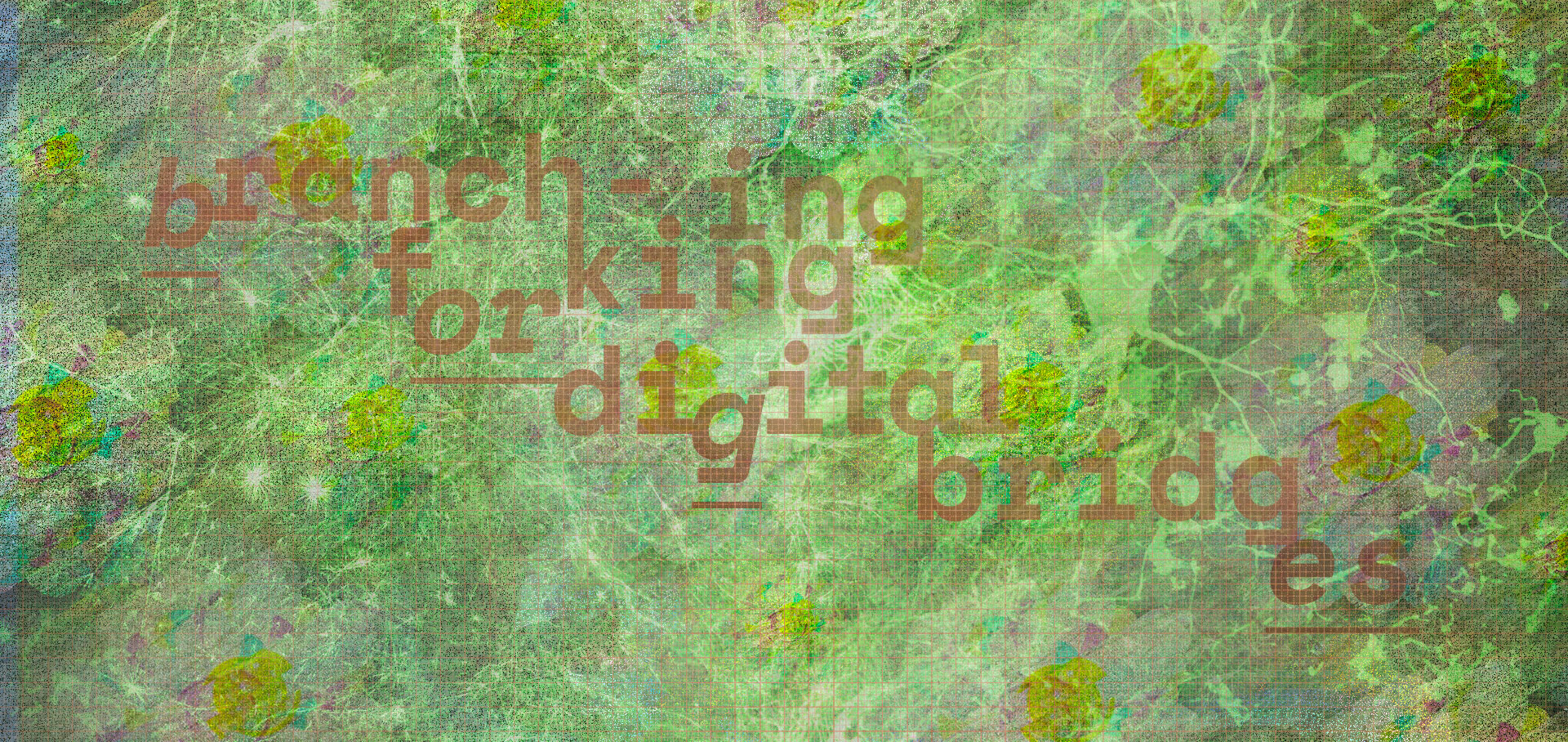Remix and Reproduction in the Post-Internet Age: A Contemporary Art + Design Pedagogy
Main Article Content
Abstract
Having taught many university-level studio art courses, I have noticed in my students a surprising investment in the notion of originality and authorship in their own creative practices, even as they freely participated in the exchange, reuse, and remixing of visual languages on social media and the internet. This paper focuses on techniques to incorporate remix practices into studio art and design classrooms, arguing that students benefit significantly from a focus on what I term “remix pedagogy,” meaning a method and practice of teaching that brings together both the concepts and the creative use of remix tactics.
I argue that remix pedagogy offers four key benefits to visual arts pedagogy. First, it productively reconfigures outmoded notions of originality and authenticity, freeing students from the high-pressure myth of the artist as a lone genius. In doing so, remix pedagogy offers a second benefit: it introduces students to new modes of making that promote ideation, design thinking, and creative production, including the support of collaborative frameworks in artistic processes. Thirdly—and crucially—these new modes of making teach visual art students how to use artistic practice as social commentary with a cultural fluidity previously unavailable to them. Finally, remix pedagogy familiarizes art and design students with the principles of fair use, promoting complex critical reasoning by forcing them to reason through what makes a work “transformative” and to distinguish fair use from plagiarism. This paper provides examples from my own teaching in Copy Culture, a course I developed at the University of San Francisco.
Article Details

This work is licensed under a Creative Commons Attribution-ShareAlike 4.0 International License.



